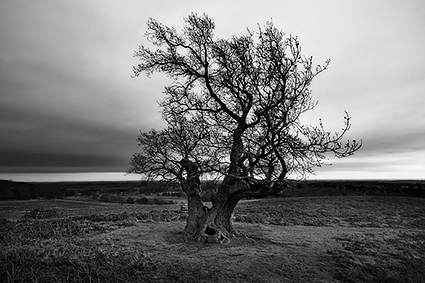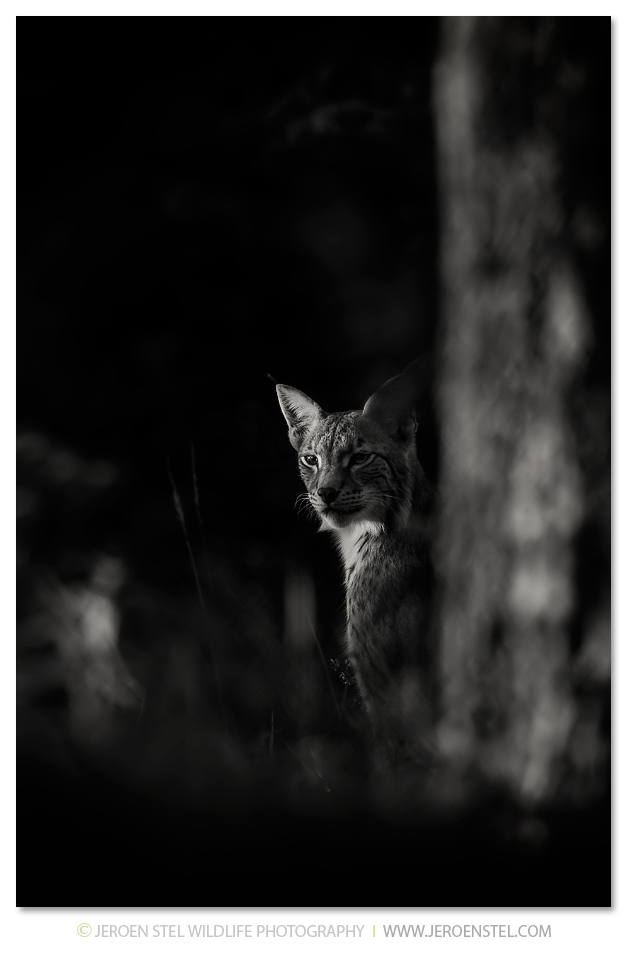In the early days of photography, photographers had no choice but to shoot in black and white, as it was the only available medium. Then, in 1936, the invention of kodachrome gave colour photography to the world. But black and white photography didn’t die off, instead it flourished. Modern black and white photography at it’s best is art, and many photographers regard it as the purest form of photography.
So why does black and white photography command such acclaim? One reason is that colour is a distraction. It takes attention away from the visual building blocks of a great photo; texture, tonal contrast, shape, form and lighting. A photographer shooting in black and white has to learn how to use all these elements to create a memorable image.
Another reason is that color photography, much of it mediocre, is so abundant that black and white makes a refreshing change. From an artistic viewpoint; color depicts reality. Black and white is an interpretation of reality.
The key to successful black and white photography is learning to see the world in monochrome. It’s important to understand that not all subjects are suitable for black and white. There are certain types of photo that rely on colour for impact. The successful black and photographer recognizes this, and searches out subject matter that looks better in black and white. Texture is affected by the lighting conditions. Low raking light, typical of the golden hour of light near sunrise and sunset, makes texture stand out sharply. The soft light of an overcast day can also bring out texture, though it may need some help in post processing by techniques such as increasing contrast.
Shape and form are two very important visual elements for Black and White photography. Every object has both shape and form. Shape is how the subject looks in two dimensions.
Form is how the subject looks in three dimensions. Photos are two dimensional, and like painters, photographers have the challenge of depicting three dimensional objects (their subjects) in a two dimensional form (the photo). Black and white draws attention to the shadows and flowing lines that depict form. Use lighting to make your subject look three dimensional. Side lighting reveals form by casting shadows. Front and backlighting obscure it.
The word photography derives from the ancient Greek for ‘painting with light’. Photography is light, and the quality of the light determines the quality of the photo. Black and white gives the photographer freedom to take photos in all sorts of lighting conditions. The best light is still created by the sun when it’s low in the sky. But with black and white you can also take photos during the middle of the day and on overcast days, which are difficult lighting conditions for colour photography. Try Black and White photography for yourself and find out wich subjects work best for this conversion.


































